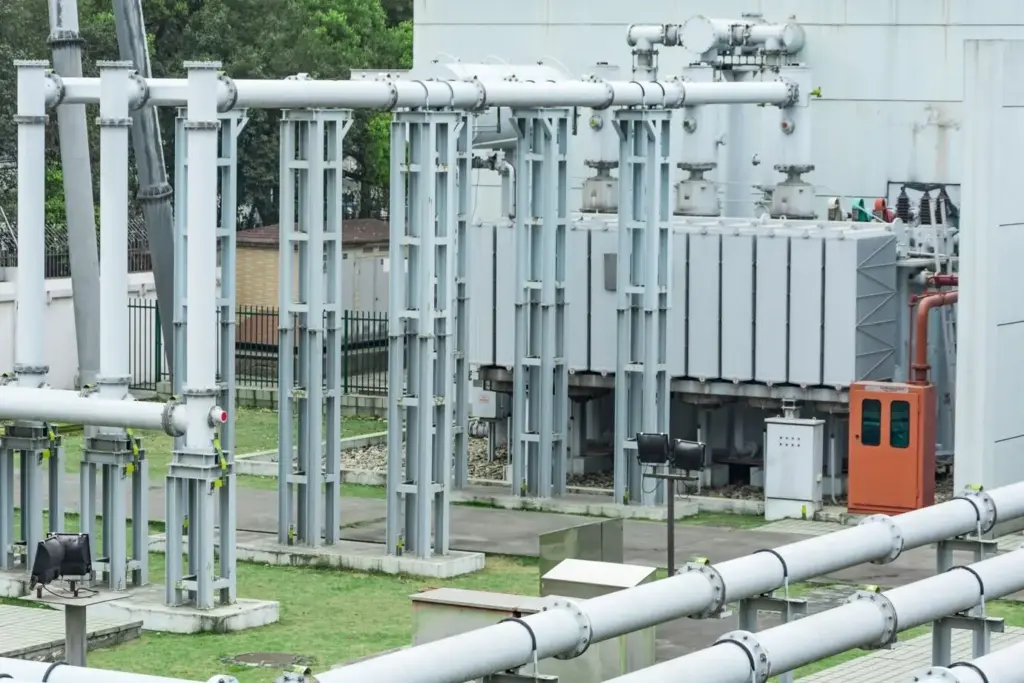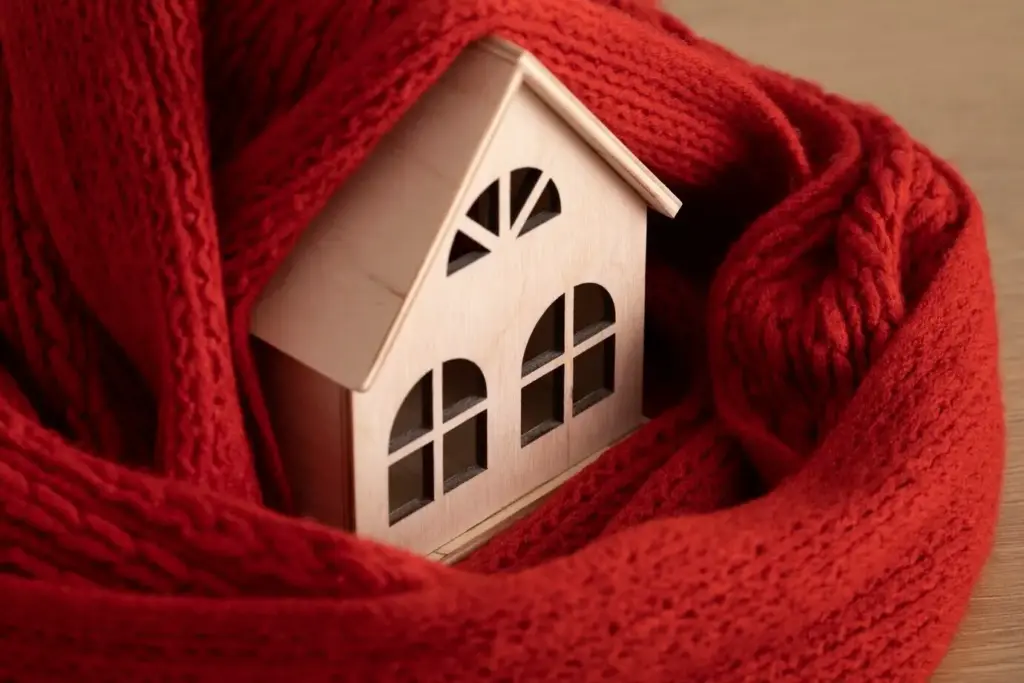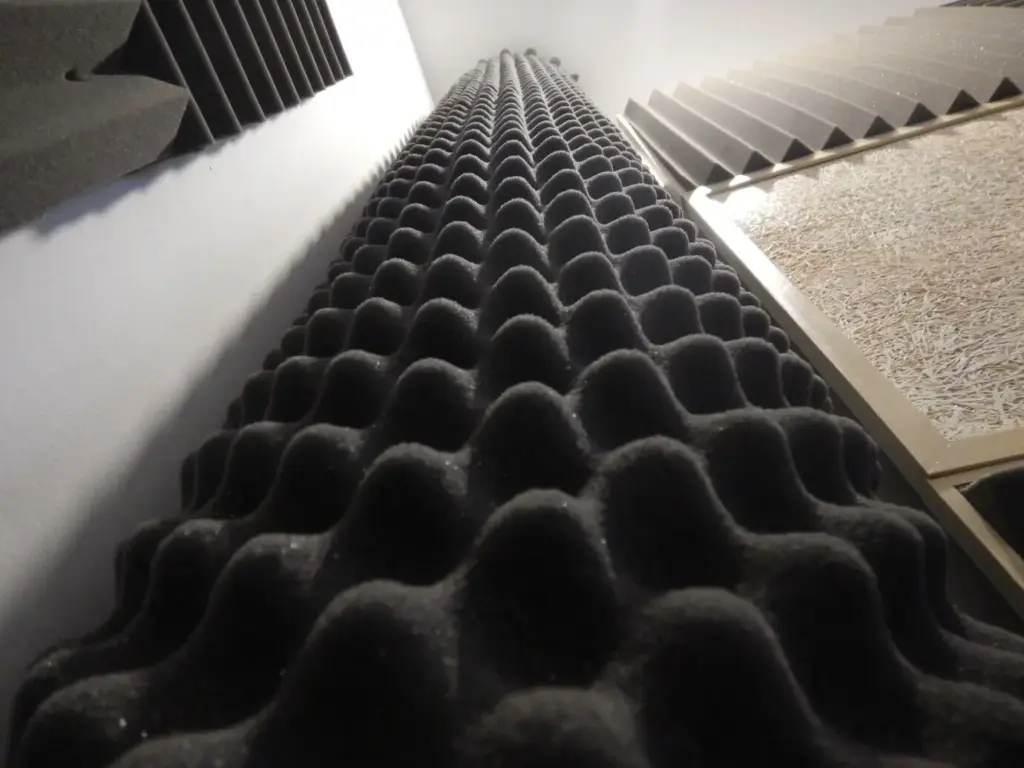

Breathe Easier with Smarter Insulation Choices
What Low-VOC Really Means Indoors
How Off-Gassing Actually Happens
Many building materials contain solvents, plasticizers, or residual monomers that evaporate into indoor air, especially when temperatures rise. Off‑gassing can last days or months, diminishing rapidly if materials are inherently low‑emitting. Insulation with minimal binders and certified emissions reduces VOC spikes, protecting nighttime breathing when windows are closed. Pair with balanced ventilation and smart air sealing to avoid trapping what little emissions remain.
Understanding Short- and Long-Term Health Effects
Even small amounts of common VOCs can trigger headaches, eye irritation, or a sense of stale air, particularly for asthmatics and children. Long‑term exposure may contribute to sensitization, increasing reactions over time. Selecting low‑VOC insulation lowers cumulative exposure while moisture‑aware detailing curbs mold risk. The combination supports clearer mornings, improved concentration, and fewer respiratory complaints, especially during heating seasons when we rely on tightly sealed envelopes.


Materials That Put Air First

Air Sealing and Insulation: Better Together
Moisture Behavior and Mold Prevention
Acoustic Calm Supports Well‑Being
Performance Without Compromise
Adhesives, Tapes, and Sealants Matter
Dust Control from Demo to Final Sweep
Flush‑Out and Early Monitoring
Installation Practices That Keep Air Fresh

A Nursery That Finally Smelled Like Nothing

A Classroom Upgrade That Calmed Complaints
Codes, Labels, and Smart Purchasing
All Rights Reserved.